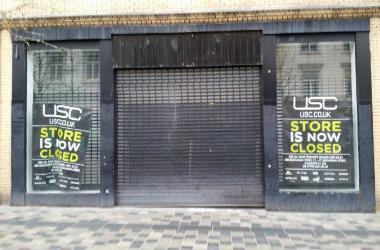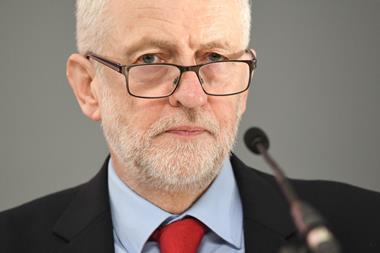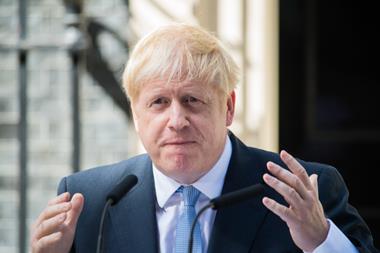A Treasury committee report has called on the government to fix the “broken” business rates system as it is outpacing inflation and places a greater cost on high street shops than online businesses.
The report, published today by a cross-party committee of MPs, said since 1990 the revenues generated by business rates in the UK have outpaced inflation. It said the government should “acknowledge this and explain whether it is government policy to allow the growth in business rates to outpace inflation”.
The committee also made plain that the “unfair system places a greater cost on high street shops and sectors like manufacturing than it does on online businesses” and the “complex web of reliefs show that current business rates system is broken”.
On reliefs, it called on the Treasury to review all business rates reliefs to ensure they remain necessary.
It also criticised the Valuation Office Agency, which told the committee in March that 16,000 appeals made on business rates since 2010 “remained outstanding”, which MPs said was unacceptable. The report also said the government should reduce the statutory limit for its ‘check, challenge, appeal’ to a minimum of six months.
The committee said it was presented with several alternatives to the current system of business rates including a land-value tax, online sales levy, profits tax, single consolidated tax and hybrid tax. But it said further work is needed before it would recommend any of the proposals.
However, it called on the government to “explore alternatives to address the negative aspects of this tax and simply demonstrates how broken the system is” and prepare a consultation in time for the Spring Statement in 2020.
Alison McGovern, the lead member of the committee’s inquiry, said: “It’s abundantly clear that the current business rates system is broken. The tax represents an increasing burden on businesses, particularly those with a physical high street presence struggling to remain competitive.
“The government must ensure that business rates align with its aim to boost productivity and do not disincentivise growth. For example, many firms have moved away from being dependent on plants and machinery, which were last re-defined in the system in 1993.
“It’s unfair on the manufacturing sector, therefore, for their business rates valuation to be included in their essential operating equipment, where other businesses are not equally affected.
“Odd reliefs here and there are nothing more than sticking plasters to a system in urgent need of reform.
“The committee was presented with numerous alternatives to the current system, but none of them had been sufficiently modelled to examine who would be the winners and losers of any change.
“The government must examine such alternatives in time for Spring Statement 2020.”
BRC chief executive Helen Dickinson welcomed the report and highlighted that three of the four key recommendations it submitted, along with the signatures of 50 of its members, had been taken up.
She added: “Business rates are a significant driver of store closures and job losses and retailers have been getting a raw deal for too long. While retail accounts for 5% of the economy, it pays 25% of the business rates. Such imbalances can be seen in transitional relief – identified by the committee as needing reform – which takes £1.3bn from retailers and redistributes most of it to other industries.
“While the committee is right to recommend that government reviews alternatives to the broken business rates system, it must not do this in isolation. Any review must look at the whole suite of business taxation with the aim of creating a tax system that is fit for the 21st century.”
Tesco and Co-op bosses set out plans to save the high street
- 1
- 2
 Currently reading
Currently readingGovernment must fix ‘broken’ business rates system, say MPs

























No comments yet